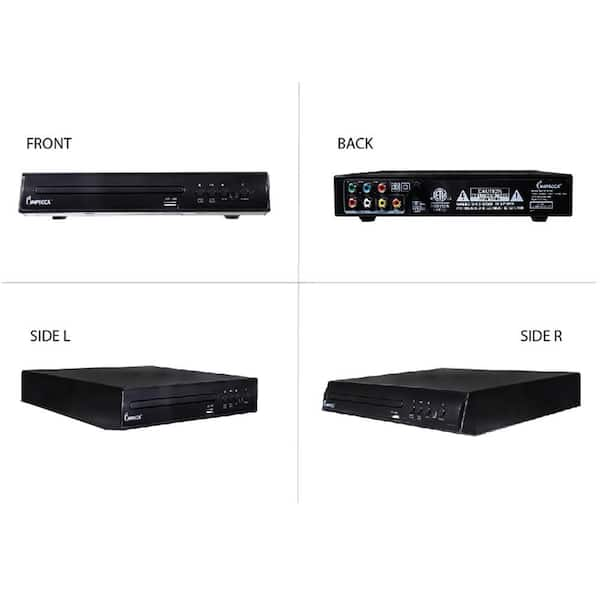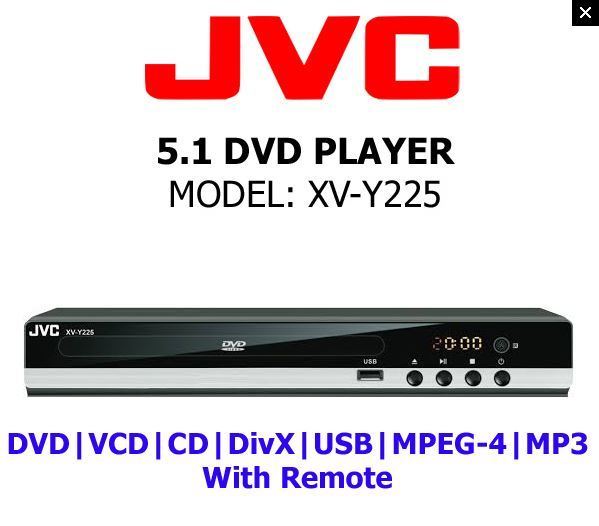
Along with the PAL speed-up comes a commensurate increase in audio pitch, but it’s usually corrected during the mastering process.

This means that in the case of two DVDs containing exactly the same 100-minute film, an NTSC-encoded disc will have the same timing, while a PAL disc will have a runtime of 96 minutes. Note: NTSC DVDs can be played in PAL countries but PAL DVDs are seldom playable in NTSC countries. For NTSC territories, as a rule of thumb if your player is 50Hz compliant (most major non-Sony brands except for their PS4 and 4K/UHD players) and your TV is 50Hz compatible or your player converts it and outputs a 60Hz signal, PAL content will play fine.Īlso bear in mind that for technical reasons, video encoded in the PAL format plays back at 4% faster than film speed: basically 25 frames per second vs the 24fps of both sound film and NTSC video. The PAL format is used in Europe, Australia and practically the rest of the world. Chief NTSC territories are the US, Canada, countries along the western coast of South America, and parts of the Far East, including Japan. The vast majority of DVDs worldwide are encoded in either the NTSC or PAL analogue TV system. Much more detailed info can be found via the many links or a quick search. Note that in this article I’ve bypassed a lot of techno-babble in order to get the basic points across as simply as possible.





 0 kommentar(er)
0 kommentar(er)
